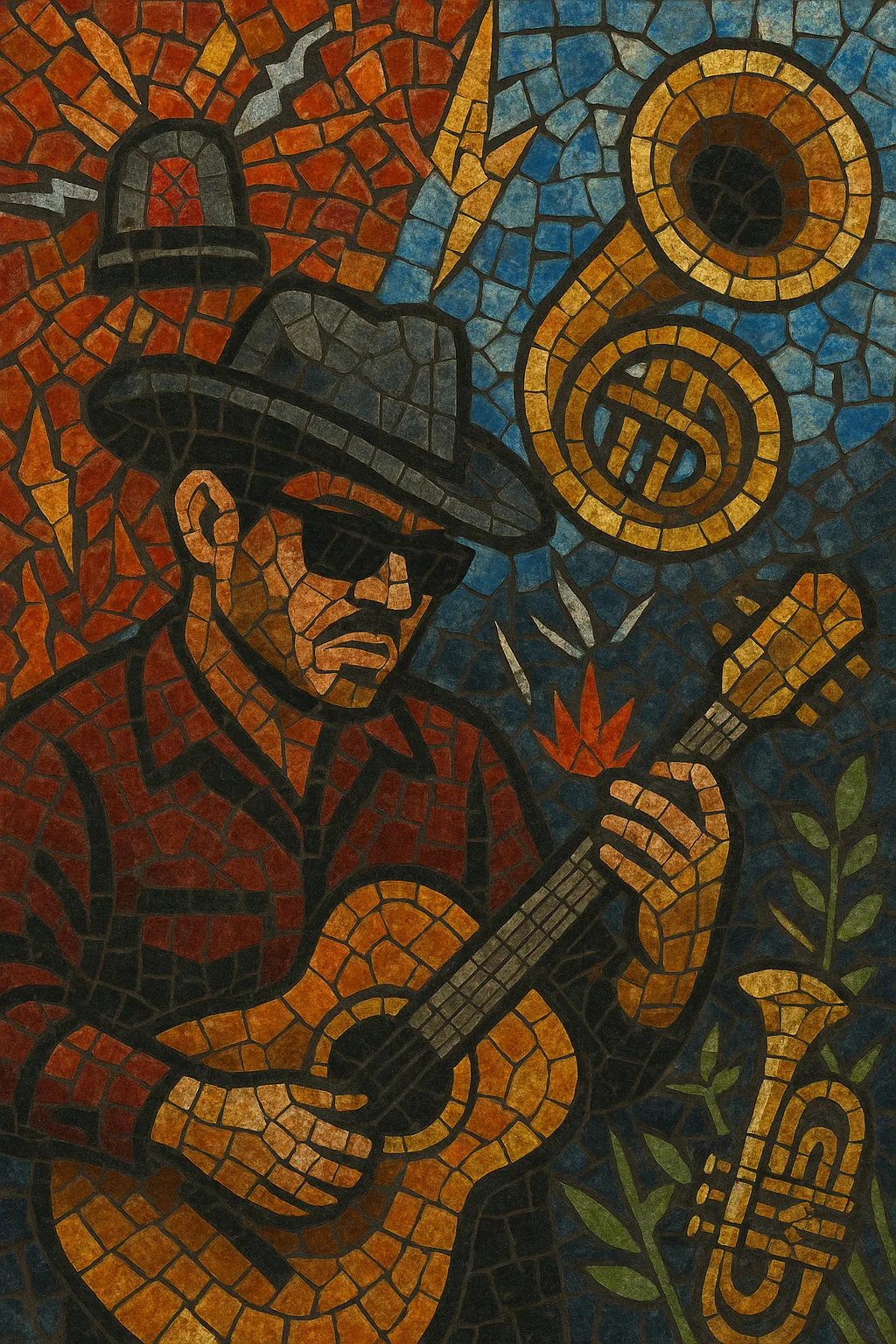Dembow bélico is a recent crossover of the Dominican dembow rhythm with the lyrical aesthetics and sonic signifiers of Mexico’s corridos bélicos and broader regional mexicano. It keeps dembow’s relentless, syncopated, club-ready percussion, but injects “bélico” (warlike) storytelling, slang, and iconography drawn from the corridos world.
Producers typically fuse fast dembow drums, sirens, and chopped vocal shots with Mexican regional elements like tuba stabs, sierreño/12‑string guitar riffs, and banda-style brass hits. The result is a high-energy, gritty, and party-oriented sound that also carries the bravado and conflict-laced narratives characteristic of corridos bélicos.
Dembow’s rhythmic DNA comes from Jamaican dancehall’s “Dem Bow” pattern, adopted and accelerated in the Dominican Republic, where it became a hyper-energetic club style. In parallel, Mexico’s regional scenes evolved corridos into corridos tumbados and, later, corridos bélicos, emphasizing raw, hard-edged storytelling and martial imagery.
As corridos bélicos surged in popularity, Mexican urbano and club producers began placing “bélico” narratives and motifs over dembow beats. Social video platforms amplified early bootlegs and unofficial remixes, highlighting the chemistry between dembow’s propulsive percussion and the swaggering, conflict-tinged corrido lexicon. This catalyzed a micro‑movement—often referred to as dembow bélico—centered on Mexico but drawing heavily on Dominican rhythmic know-how.
DJs and producers increasingly blended tuba and requinto samples, banda-style brass, and aggressive 808s into dembow drum programming. Cross-border collaborations (Mexico–Dominican Republic–U.S. Latino hubs) and club edits helped define recognizable tropes: fast tempos, whistle/siren FX, chopped chants, and hooks that reference “bélico” culture while aiming squarely for the dancefloor.


